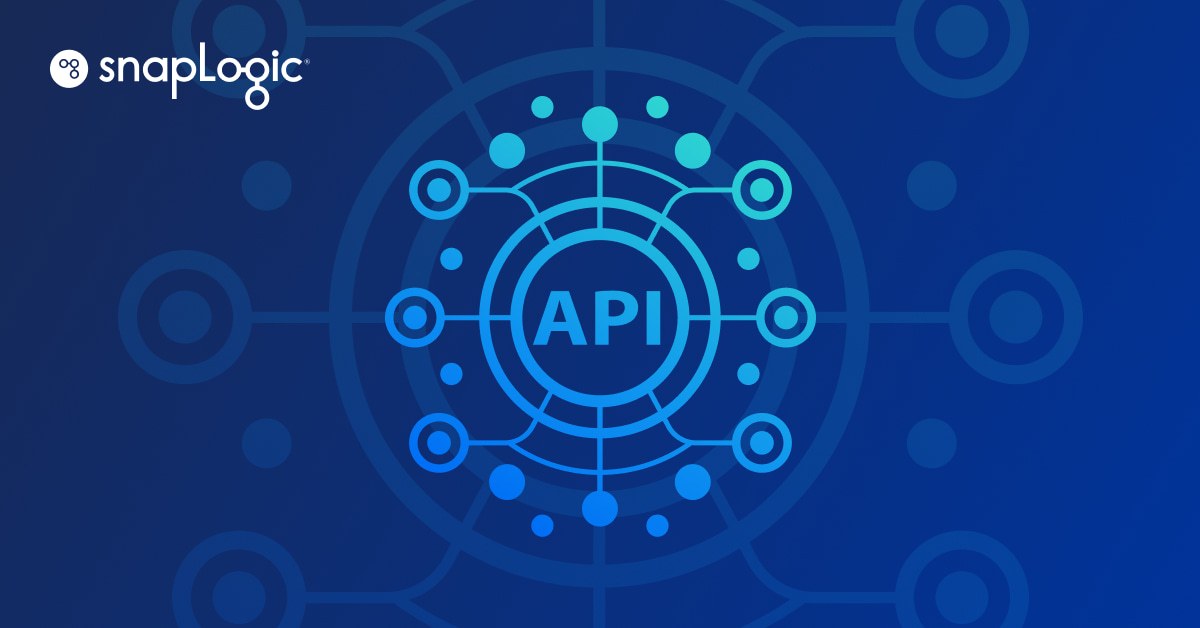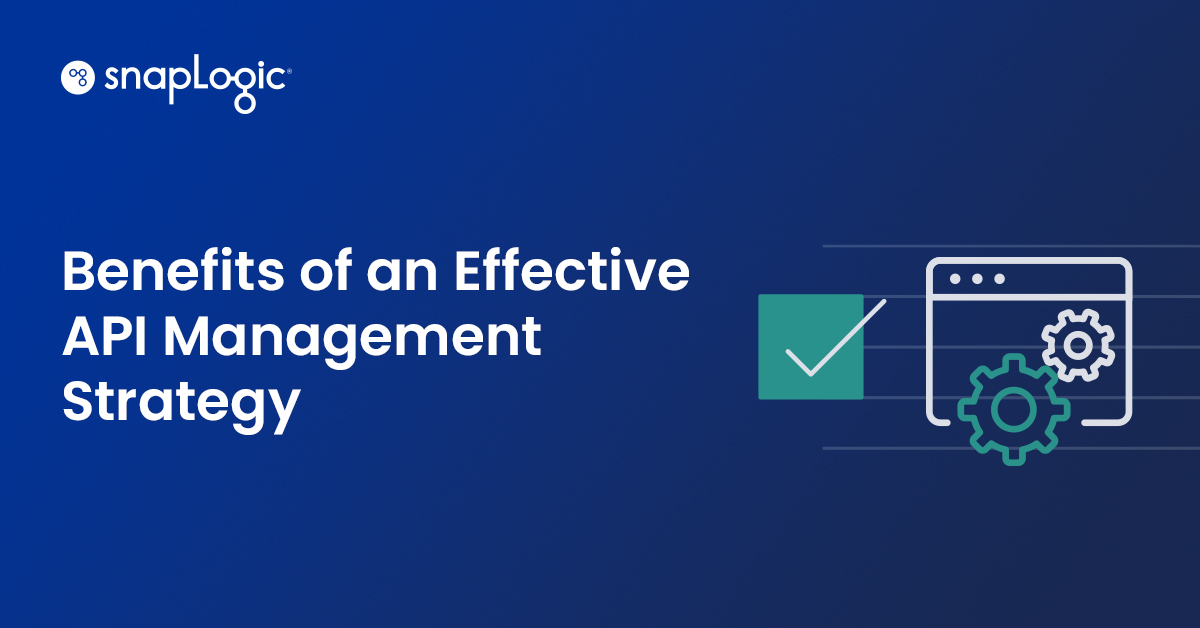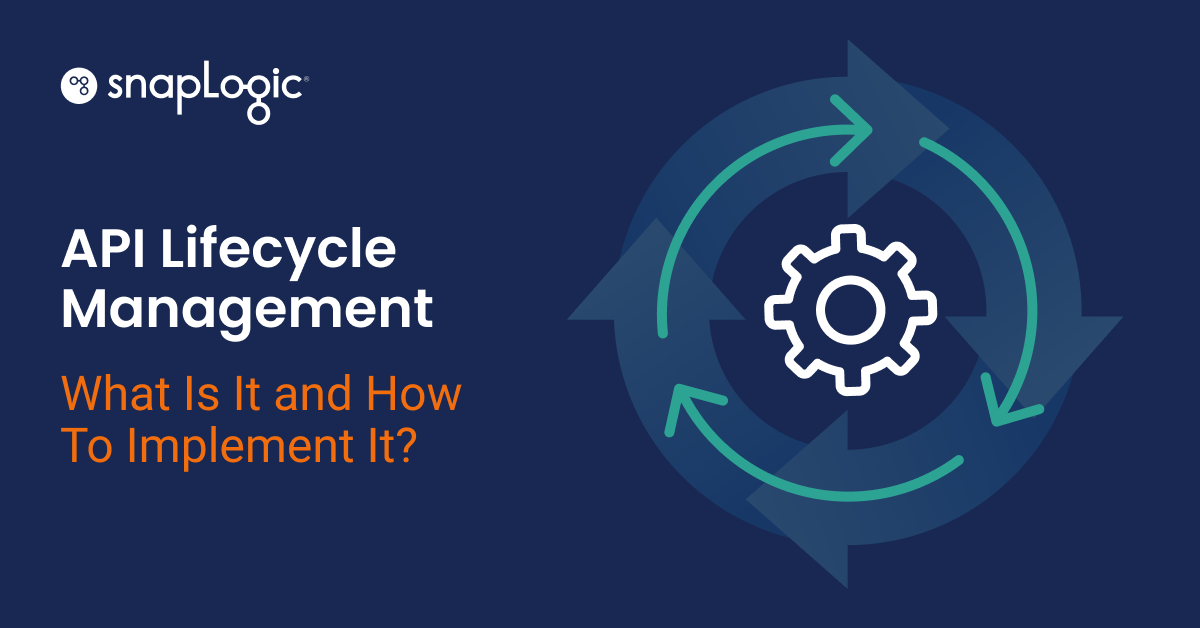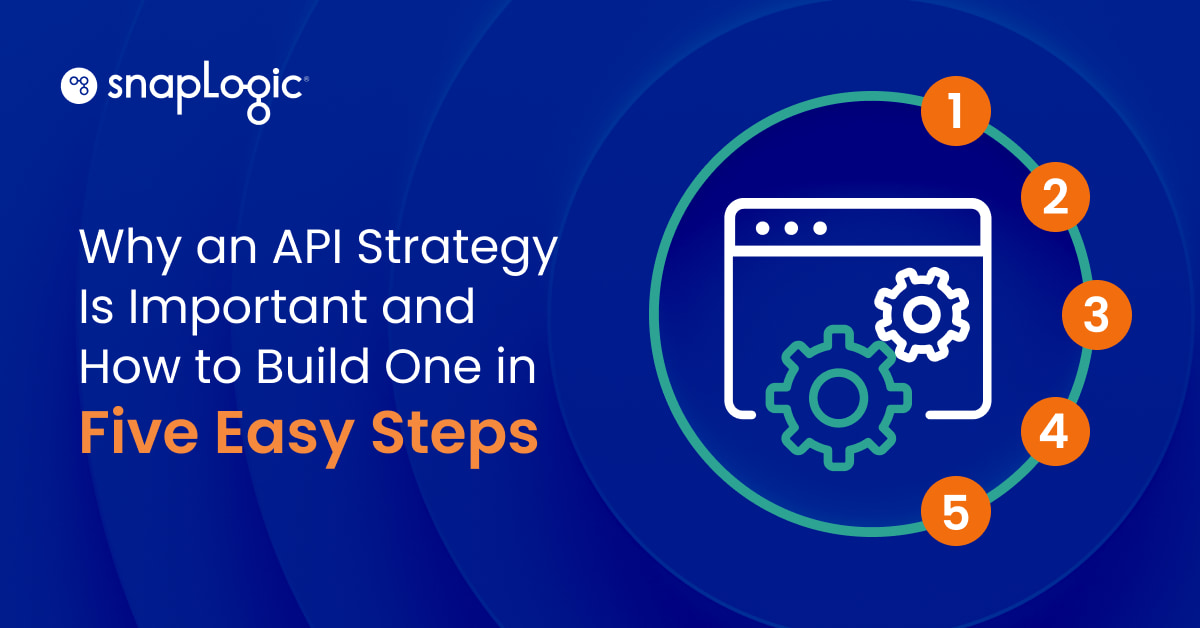The rising importance of API gateway architecture
As companies and consumers rely more heavily on immediate access to data and applications, API gateway architecture has ascended to a position of paramount importance, commanding the attention of architects, developers, and users alike when it comes to security concerns. API gateway patterns were typically an afterthought and not seen as crucial to operations.
However, that thinking has dramatically changed in recent years, highlighted by the rise of cyber-attacks specifically targeting weak or unsecured API gateway patterns. In fact, T-Mobile says hackers used APIs to steal data on 37 million accounts in January of this year (2023). This is just one of many examples where API gateway patterns were not taken seriously. To mitigate these risks effectively, organizations should adopt a deeper level of API management and security.
Watch on-demand: From Risk to Resilience: Safeguarding Your Business With the Ideal API Gateway Architecture
What are API gateways?
The primary purpose of an API gateway is to act as a policy manager that establishes a clear separation between the API consumer and the API producer. There are various use cases for API gateways, including:
- External-facing services
- Microservices
- Modernization of legacy systems
- Security and performance monitoring
Considerations for API gateway management and monitoring
When choosing the right tool for managing API gateways, there are a few critical capabilities to consider.
Scalability and security
Scalability and security are critical aspects to consider when selecting an API gateway. Additionally, it’s important to monitor APIs in heterogeneous landscapes to ensure the prevention of security breaches.
Load balancing and high availability
Load balancers are used to distribute incoming network traffic across multiple servers, to ensure high availability and reliability. There are different patterns for load balancing and failover, particularly for customer-facing systems. It is explained in more detail in our webinar, “Risk to Resilience: Safeguarding your business with the ideal API gateway architecture.”
Deployment patterns and security implications
There are various deployment patterns for API gateways that have their own implications for security and management. They include the:
- Reverse proxy model: the proxy server usually sits behind the firewall in a private network and directs client requests to the appropriate backend server. It provides an additional level of abstraction and control to ensure the smooth and secure flow of network traffic between clients and servers.
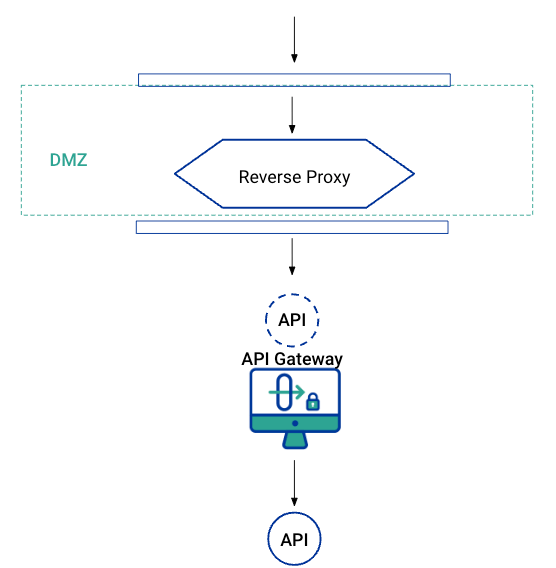
- DMZ approach: as seen in the figure above, the DMZ can be used in combination with a reverse proxy. The DMZ (Demilitarized Zone) perimeter network that divides an organization’s public and private networks. This allows you to access untrusted networks, such as the interest, securely.
- Belt and braces pattern: grouping API gateways by channel, domain patterns, and API-led integration patterns
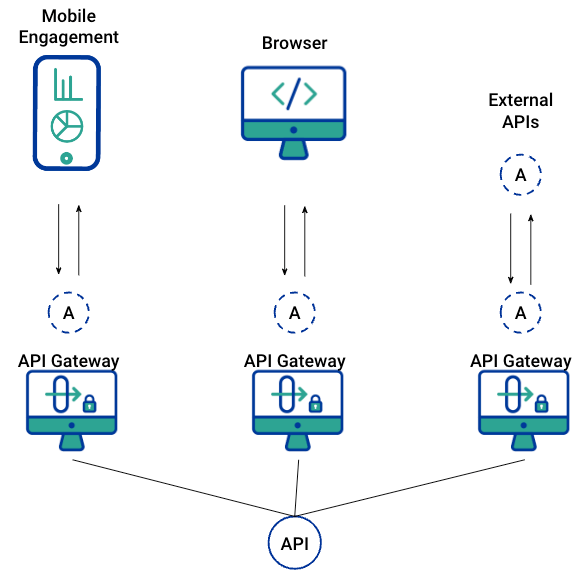
These patterns provide different options to ensure the security and optimal management of their APIs. However, it’s advised that organizations shouldn’t rely solely on the reverse proxy model, as it has limitations in generating rich information and applying dynamic policies.
Traceability
The ability to trace products, services and activities — traceability — requires a holistic approach, leveraging the capabilities of API gateways to secure and manage both sides of the information flow. Multiple API gateways may be necessary depending on the complexity and scale of the APIs involved.
How to maximize the potential of API gateways
While API gateways are not a one-size-fits-all solution, they play a crucial role in ensuring the security, scalability, and management of APIs in modern IT environments.
When it comes to implementing an API gateway strategy, companies can collaborate with vendors like SnapLogic to tailor the approach and align it with specific business outcomes. SnapLogic’s API gateway architecture is a fundamental component of its iPaaS platform. It supports both custom-built and third-party APIs, offering a consolidated security framework.
To learn more about API gateways and stay up-to-date with the latest industry trends, make sure to join the upcoming Integreat Tour events in San Francisco (Oct 3rd, 2023) and London (Nov 2nd, 2023).





